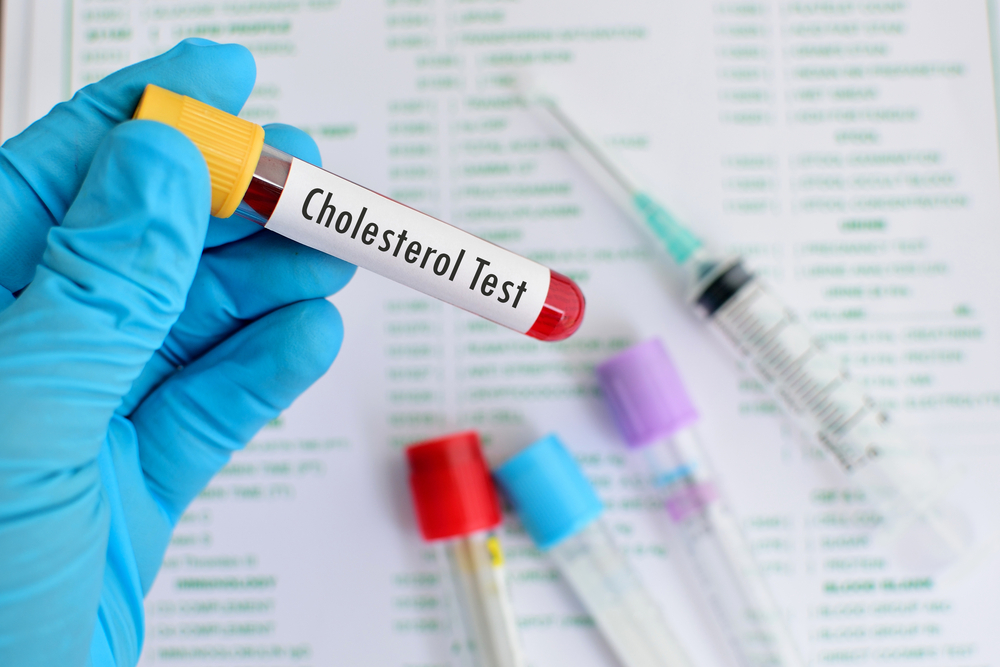Low Levels of Bad Cholesterol Associated with Increased Mortality in PAH, Study Suggests

Patients with pulmonary arterial hypertension (PAH) have low levels of low-density lipoprotein cholesterol (LDL-C) – or “bad cholesterol” – which is associated with an increased mortality risk, according to a new study. PAH treatment may increase LDL-C levels.
The study, “Low-Density Lipoprotein Cholesterol And Survival In Pulmonary Arterial Hypertension,” was published in the journal Scientific Reports.
LDL-C levels are a well-established marker of cardiovascular risk. High levels of LDL-C levels are generally associated with poor health, but certain diseases are actually associated with low LDL-C levels, including diabetes, rheumatoid arthritis and heart failure. The relationship between LDL-C levels and PAH, however, has remained elusive.
To investigate the association between LDL-C levels and mortality in PAH, researchers analyzed the LDL-C levels of 46 men with PAH and 94 PAH women, and of age-matched 1,168 healthy men and 1,245 healthy women. Most patients were untreated, but 14 patients were on monotherapy with sildenafil, endothelin receptor antagonists, prostanoids, or on a combination therapy with endothelin receptor antagonists and sildenafil. Other patients had previously been treated with statins, such as Atorvastatin or Simvastatin.
Results indicated that PAH patients and patients who were not treated with statins had lower LDL-C than healthy individuals. LDL-C levels were similar among PAH subgroups, namely PAH associated with connective tissue disease (CTD-PAH) and PAH associated with congenital heart disease (CHD-PAH).
Low levels of LDL-C were found to be associated with an increased risk of all-cause mortality among PAH patients after a median follow-up time of 33 months.
“Our data suggests a strong linear relationship between LDL-C levels and mortality with a 2- to 5-fold increase in risk of death for every 1 mmol/l decrease in LDL-C,” researchers wrote. “We cannot exclude the possibility that low LDL-C do not have any direct pathophysiologic connection to mortality and is only a consequence of the severity of PAH or malnutrition, which are also associated with poor survival.”
The study also assessed whether treating PAH in 34 patients with chronic thromboembolic pulmonary hypertension (CTEPH) influenced LDL-C levels. Results showed that LDL-C levels were lower in patients with both PAH and CTEPH patients than in healthy individuals.
In the CTEPH group of patients, LDL-C levels increased after PAH treatment, but did not change in patients who did not experience an improvement after treatment.
“LDL-C levels are low in patients with PAH and are associated with an increased risk of death,” the researchers concluded. “Reversal of pulmonary hypertension in CTEPH patients increases low LDL-C levels. Future studies are necessary to gain more insights into the underlying pathophysiology of these findings and their role in the management of PAH.”







